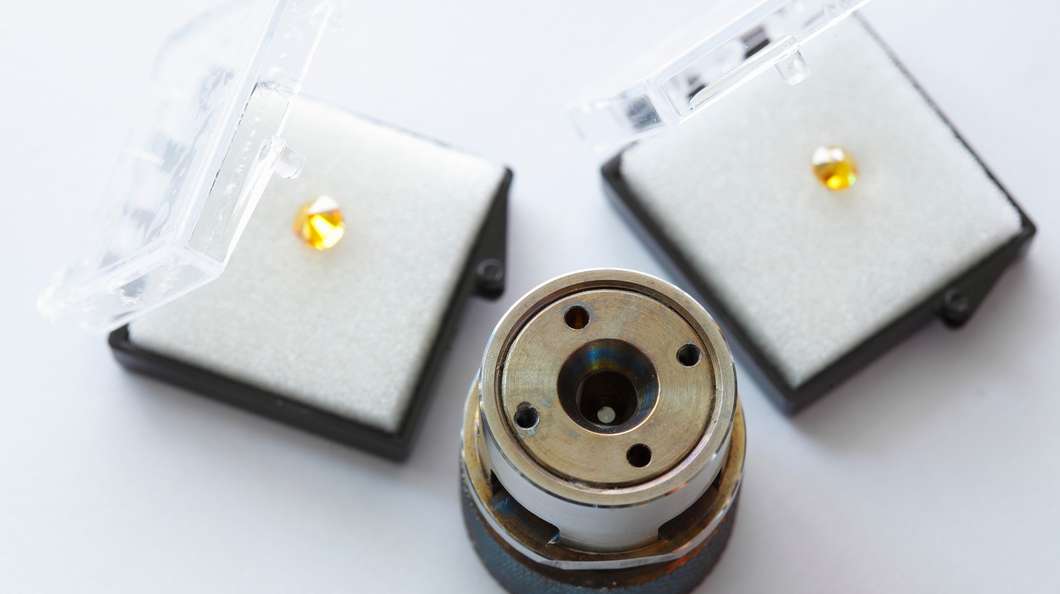With their zero electrical resistance and remarkable magnetic and thermal conductive properties, superconductors have the potential to revolutionize numerous technologies. The trouble is, they work best at cryogenic temperatures in the neighborhood of absolute zero (-273° C, -459° F). As part of the quest to come up with a room temperature superconductor, researchers from the Max Planck Institute for Chemistry and the Johannes Gutenberg University Mainz have developed a new record-high-temperature superconductor – and it smells like rotten eggs.
Superconductors have all manner of uses, from MRI scanners to fusion reactors, but they're application is limited by the fact that most only work at temperatures below -234º C (-389º F). Ideally, engineers want a superconductor to work at room temperature, but until now, the best available have been copper oxide ceramics or cuprates that superconduct at -140º C (-220º F) at normal pressure and -109º C (-164º F) at high pressures.
The new record holder produced by the Max Planck-led team is hydrogen sulfide (H₂S); a colorless and most definitely not odorless gas that gives rotten eggs their smell. The researchers caused the compound to superconduct by cooling it and subjecting it to high pressures by means of a diamond anvil. This is a super high-pressure chamber made of two flat-faced diamonds. Super-cooled liquid hydrogen sulfide was placed in a one-cubic centimeter cryogenic cell between the diamonds and pressure is applied. As the diamonds squeeze together, the mixture is subjected to a pressure of 1.5 megabars (which is half the pressure found at the Earth's core) at which point it starts to superconduct at a record new high temperature of -70º C (-94º F).
The cell was equipped with electrodes to measure electrical resistance, while a second chamber was equipped with magnetic sensors. Between them, the two chambers were able to accurately measure the point where the changes in magnetism and conductivity showed the transition to superconductivity as pressure increased and temperature decreased.
The team believes the relatively high temperature of the superconductor is mainly due to the hydrogen atoms in the compound. Hydrogen oscillates at the highest frequency of any element and the crystal lattice formed as the gas solidified under high pressure plus the strong atomic bonds in the molecule as it changed from H₂S to H₃S under pressure contribute to the superconductivity.
The team is now looking to improve on the new record by producing superconductors with higher transition temperatures. Because this will require increasing the pressures to at least twice those used in the current experiment, this will mean replacing the hydrogen sulfide with another compound – possibly pure hydrogen. In addition, they hope to find substances, such as hydrogen-rich polymers, that could be used as superconductors at high temperatures without the need for high pressure.
"There is a lot of potential in looking for other materials in which conventional superconductivity occurs at high temperatures," says Mikhael Eremets, head of the working group. "There is theoretically no limit for the transition temperature of conventional superconductors, and our experiments give reason to hope that superconductivity can even occur at room temperature."
The team's results were published in Nature.
Source: Johannes Gutenberg Universityhttp://www.gizmag.com/record-high-temperature-superconductor/39056
